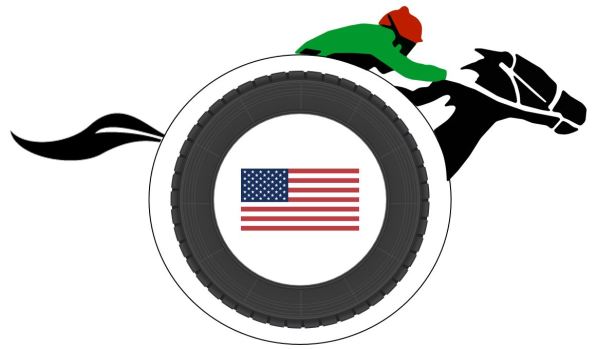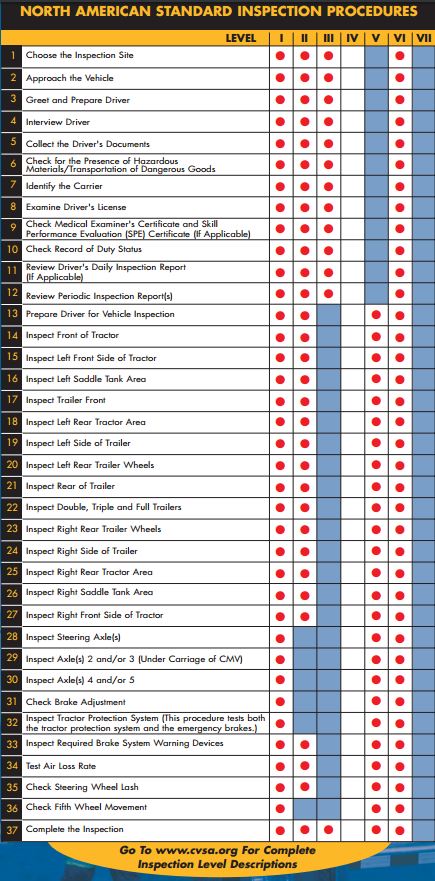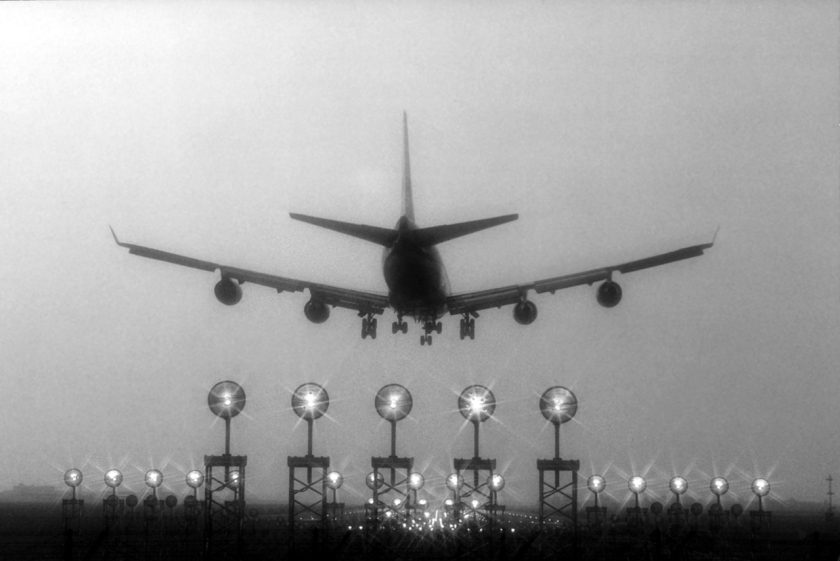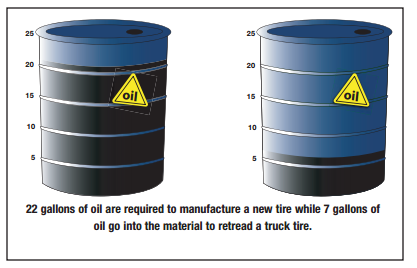The Scrap Tire Research and Education Foundation, Inc. is a non-profit research foundation established to support basic and applied research and appropriate educational activities on issues relating to the sound handling and utilization of waste or scrap tires.
The foundation was organized in late 1992 and operates in cooperation with the Rubber Manufacturers Association which is recognized as the leading organization devoted to promoting economically viable and environmentally sound uses for scrap tires.
The goals of promoting scrap tires as a valuable commodity in all ways that are economically and environmentally sound have continually been met in many important areas such as civil engineering, rubber modified asphalt, artificial reefs, alternative fuels and more.
Website: http://stref.org/
The RMA and STREF offer a comprehensive list of state scrap tire regulators here. Listed below is an abbreviated version for quick reference:
Alaska
Alaska Department of Environmental Conservation
Solid Waste Program
555 Cordova Street
Anchorage, AK 99501
Alabama
Department of Environmental Management
PO Box 301463
Montgomery, AL 36130-1463
Arkansas
Arkansas Department of Environmental Quality
5301 Northshore Drive North
Little Rock, AR 72118
Arizona
Arizona Department of Environmental Quality
1110 West Washington Street
Phoenix, AZ 85007
California
Department of Resources Recycling and Recovery (CalRecycle)
1001 I Street–P.O. Box 4025
Sacramento, CA 95812-4025
Colorado
Colorado Department of Public Health and Environment Protection
4300 Cherry Creek Drive South
Denver, CO 80246
Connecticut
Connecticut Department of Environmental Protection
79 Elm Street
Hartford, CT 06106
Delaware
DNREC Division of Waste and Hazardous Substances
89 Kings Highway
Dover, DE 19901
Florida
Florida Department of Environmental Protection
MS 4565
2600 Blair Stone Road
Tallahassee, FL 32339
Georgia
Environmental Protection Division
2 Martin Luther King Jr. Drive
Suite 1154 East
Atlanta, GA 30334
Hawaii
Hawaii Department of Health
919 Ala Moana Boulevard
Room 212
Honolulu, HI 96814
Iowa
Iowa Department of Natural Resources
502 East Ninth Street
Des Moines, IA 50319
Idaho
Idaho Department of Environmental Quality
1410 N. Hilton
Boise, ID 83706
Illinois
Illinois Environmental Protection Agency
1021 North Grand Avenue East
PO Box 19276
Springfield, IL 62794
Indiana
IDEM/OPPTA
100 N. Senate Ave.
MC 64-00 IGCS West 041
Indianapolis, IN 46204
Kansas
Kansas Dept. of Health and the Environment
1000 Southwest Jackson
Suite 320
Topeka, KS 66612
Kentucky
Division of Waste Management
200 Fair Oaks Land
2nd Floor
Frankfort, KY 40601
Louisiana
Louisiana Dept. of Environmental Quality
P.O. Box 4303
Baton Rouge, LA 70821
Massachusetts
Massachusetts Executive Office of Environmental Protection
One Winter Street
Boston, MA 02108
Maryland
Maryland Dept. of Environment
1800 Washington Blvd.
Suite 605
Baltimore, MD 21230
Maine
Maine Dept. of Environmental Protection
312 Canco Road
Portland, ME 04103
Michigan
Michigan Dept. of Natural Resources and Environment
P.O. Box 30241
Lansing, MI 48909
Minnesota
Minnesota Pollution Control Agency
520 Lafayette Road North
St. Paul, MN 55155
Missouri
Missouri Dept. of Natural Resources
P.O. Box 176
Jefferson City, MO 65102
Mississippi
Office of Pollution Control Solid Waste Policy
Planning and Grants Branch
P.O. Box 2261
Jackson, MS 39225
Montana
Montana DEQ
P.O. Box 200901
Helena, MT 59620
North Carolina
North Carolina Dept. of Environmental and Natural Resources
1646 Mail Service Center
Raleigh, NC 27699
North Dakota
North Dakota Dept. of Health
Division of Waste Management
918 East Divide Ave.
3rd Floor
Bismarck, ND 58501
Nebraska
Nebraska Dept. of Environmental Quality
P.O. Box 98922
Lincoln, NE 68509
New Hampshire
Dept. of Environmental Services
29 Hazen Drive
Concord, NH 03301
New Jersey
NJDEP
Bureau of Recycling and Planning
401 East State Street
Trenton, NJ 08625
New Mexico
New Mexico Environment Department
Solid Waste Bureau
Harold Runnels Building
1190 St. Francis Drive/P.O. Box 5469
Santa Fe, NM 87505
Nevada
Nevada DEP Bureau of Waste Management
901 S. Stewart Street
Ste. 4001
Carson City, NV 89701
New York
NYSDEC
Division of Materials Management
Bureau of Permitting and Planning
625 Broadway Albany, NY 12233
Ohio
Ohio Environmental Protection Agency
P.O. Box 1049
Columbus, OH 43216
Oklahoma
Oklahoma Dept. of Environmental Quality
P.O. Box 1677
Oklahoma City, OK 73101
Oregon
Oregon Dept. of Environmental Quality
811 S. W. 6th Avenue
9th Floor
Portland, OR 97204
Pennsylvania
Pennsylvania Dept. of Environmental Protection
400 Market Street
14th Floor Harrisburg
PA 17105
Rhode Island
Rhode Island Dept. of Environmental Management
235 Promenade Street
Providence, RI 02908
South Carolina
South Carolina Dept. of Health and Environmental Control
2600 Bull Street
Columbia, SC 29201
South Dakota
South Dakota Dept. of Environment and Natural Resources
523 East Capitol Avenue
Pierre, SD 57501
Tennessee
Division of Solid Waste Management/TDEC
William R. Snodgrass Tennessee Tower
14th Floor
312 Rosa L Parks Avenue
Nashville, TN 37243
Texas
Texas Commission of Environmental Quality
Waste Permits Division
P.O. Box 13087
MC-174
Austin, TX 78711
Utah
Utah Dept. of Environmental Quality
P.O. Box 144880
Salt Lake City, UT 84114
Virginia
Virginia Dept. of EnvironmentalQuality
Waste Tire Program
P.O. Box 1105
Richmond, VA 23218
Vermont
Solid Waste Management Program
1 National Life Drive
Davis 1
Montpelier, VT 05620
Washington
Washington State DOE Waste 2 Resources Program
Northwest Regional Office 3190
160th Ave., SE
Bellevue, WA 98008-5452
Wisconsin
Wisconsin DEM
P.O. Box 7921
Madison, WI 53707
West Virginia
WV DEP Rehabilitation Environmental Action Plan
601 57th Street, SE
Suite 1031
Charleston, WV 25304
Wyoming
Solid Waste Permitting and Corrective Action
152 North Durbin
Suite 100
Casper, WY 82601




